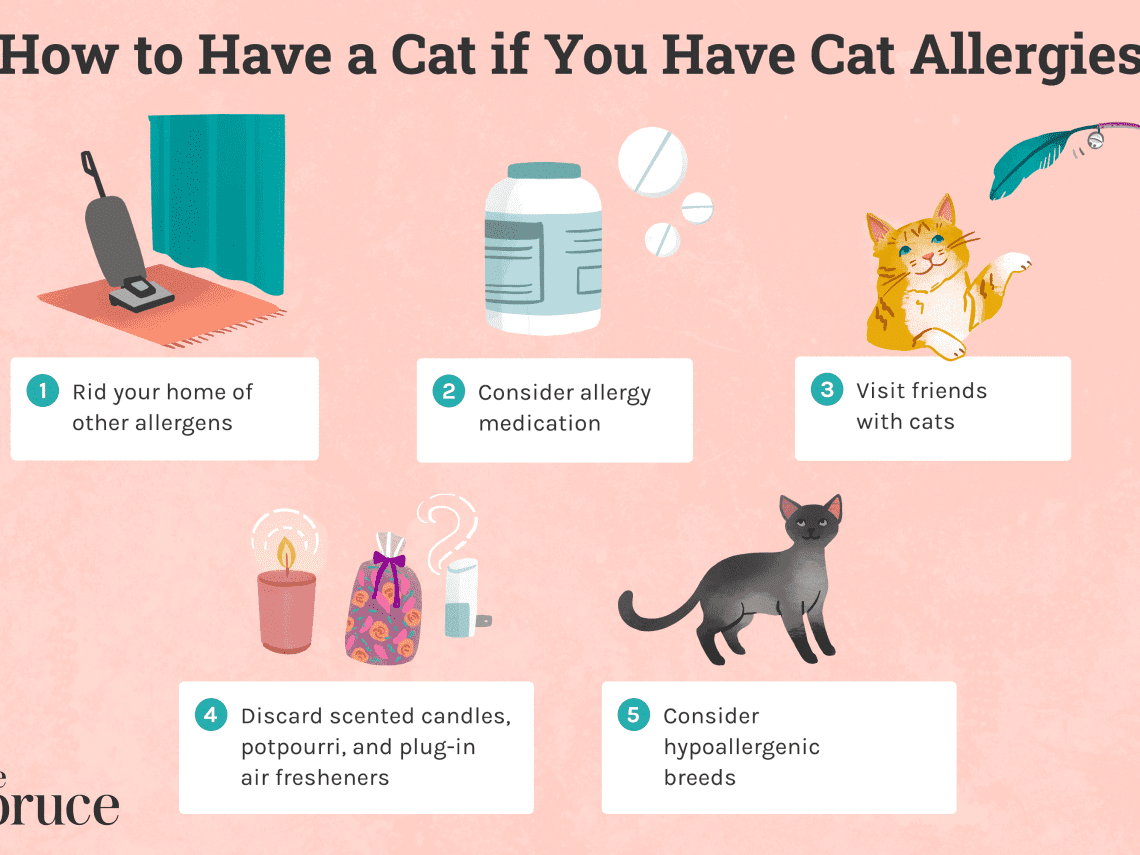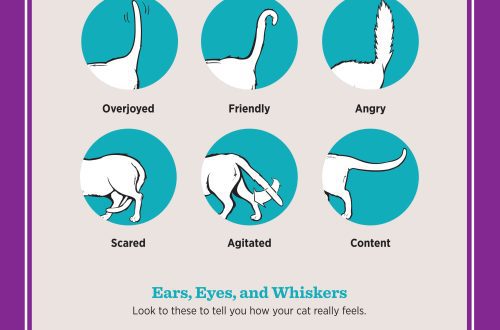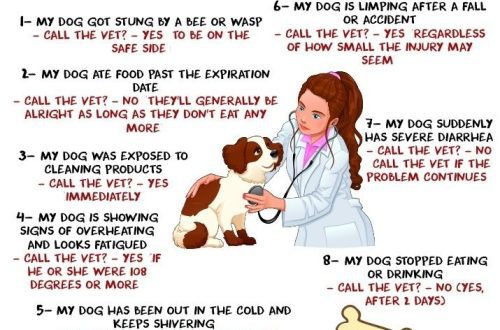
Which cat can get allergic?
Do you love cats, but are afraid that allergies will ruin your plans to have a pet? We will figure out whether the cat is always to blame for allergies! And we will list the breeds of cats that can keep company even with an allergy sufferer.
If you have a tendency to allergies, before the appearance of a cat in the house, you need to be tested by an allergist. An allergist will be able to conduct skin tests and understand how high the risk of allergies is for you in the neighborhood of a cat. Allergy testing allows you to determine whether you are definitely allergic to a cat. It is possible that cat food, filler, pet care products are to blame. It happens that an allergy to a new dishwashing detergent or a food allergy is mistaken for an allergy to a cat. Allergy tests help to avoid such mistakes.
Allergies can manifest differently in different people and to different allergens. What is a cat allergy? This may be a reaction not only to wool, but also to saliva, and to particles of the epithelium.
It happens that a person has symptoms when in contact with a friend’s cat, and with a grandmother’s cat, for example, he gets along without problems. If this is your situation, it’s best to do research on whether or not you’re reacting to a particular cat if you’ve already decided on a four-legged friend. For this analysis, you need to take blood from the future owner and collect the saliva of a potential pet. Allergies are insidious and can make themselves felt a few months after the appearance of a cat in the house. That is why it is important to conduct all tests in advance. If it turns out that your tendency to allergies is minimal, there is a chance that the occurrence of allergies when meeting a cat will be a temporary phenomenon.
When talking about an allergy to wool, they mean an allergy to a protein that the pet’s body produces. Protein is found in any secretions of animal origin – from the secretion of the sebaceous glands to secretions from the genitals of a cat. An allergy test will help you find out what is causing your allergic reaction. Perhaps a new litter for the tray will solve the problem – the cat will not stain its paws in urine and spread traces throughout the house.
It happens that a person is allergic to wool. Usually in this case, the allergy manifests itself not only to the cat, but also to woolen clothes, blankets and rugs.
In addition to conducting medical research, you can chat with cats of friends or relatives, play with them. Allergies can appear immediately or after a few hours.
Before you buy a pet and carry it home, spend some time together, stroke it, hold it in your hands. Such acquaintance helps to identify the risk of allergy to a particular representative of the fauna. Warn the breeder about allergies in you or your family, agree on the possibility of returning the kitten in case of an acute allergic reaction in the near future.
The tendency to allergies is inherited, doctors warn. If a child has an allergic father and mother, then the probability of inheriting this feature is about 75%. Allergies in children are usually more pronounced than in adults. But experts note that those children who, from early childhood, lived side by side with mustachioed-striped ones, are less susceptible to allergies to cats. If the family as a whole is familiar with the problem of allergies, replenish the home medicine cabinet in advance with antihistamines in accordance with the recommendations of the doctor.
It is difficult to name hypoallergenic cat breeds. There are no breeds that will suit all allergy sufferers. A person may be allergic to wool or saliva, and all pets, without exception, emit certain allergens.
But if you are allergic to wool, you should look at cats without undercoat. They are often referred to as “hypoallergenic”. These cats practically do not shed, have a modest coat or no coat at all. A striking example is “naked” cats. Be sure to ask your allergist what breed he would recommend to you.
Experts say that kittens emit fewer allergens than adults. Cats are smaller than cats. Castration and sterilization help to reduce the release of allergens. An interesting but little-studied phenomenon is that light-colored pets emit fewer allergens into the environment than their relatives with a dark coat.
Let’s move on from general recommendations to talking about some specific hypoallergenic cat breeds. We emphasize that no cat in the world can be 100% non-allergenic. Much depends on the individual characteristics of the owner and the pet.
- Hairless cats require a lot of attention and careful care, but they repay their owners with kindness and affection. These are Canadian Sphynxes, Don Sphynxes and Peterbalds. Not all Canadian Sphynxes are completely hairless. There are varieties of velor with a light down, flock – with pile on the body, brush – with wavy hair, thin and hard.
- Fans of shorthaired cats will surely like it. The undercoat makes up its entire coat; this breed does not have an outer hair. Its relative, the Devon Rex, has a slightly curly undercoat complemented by a small amount of wool. The Devon Rex hardly sheds.
- Sociable and very beautiful has no undercoat. Her coat is silky, short, close to the body.
- with a shiny coat has about ten colors. The body of cats of this breed produces very little protein that can cause allergies.
- Lykoy cats have a very unusual appearance. For their wild appearance and huge eyes, they were nicknamed werecats. But the Lykoi breed arose as a result of a natural mutation of the coat of a short-haired domestic cat. These cats have no undercoat.
- Among the hypoallergenic cat breeds there is a representative of the fauna with long hair. It . Her body secretes a small amount of protein that can cause allergies. Among the various colors of the Siberian cat, the Neva Masquerade is very popular; this color is also called a special color-point.
- By long-haired hypoallergenic cats, with a slight stretch, you can rank the Balinese cat. This is a subspecies with elongated hair. Her coat lengthens from head to tail, and the undercoat is also absent.
When choosing a pet, consider not only its hypoallergenic characteristics, but also its temperament. And calculate whether you can provide the future pet with proper care. It would seem that it is difficult to care for sphinxes? But they often get conjunctivitis because the eyelashes are missing. Cats of this breed are almost always cold, and their skin needs to be regularly cleaned of sweat and dirt so that the pet does not develop real acne.
Cleanliness is the key to your health and the health of your pet. If an allergic person and a cat live under the same roof, it is doubly important to provide a four-legged friend with quality food and careful care.
Bathing your cat regularly will help remove allergens from his body. Cats are recommended to be washed once every 1 weeks, hairless cats can be washed more often: once every 4-1 weeks. Ask your veterinarian which shampoo is best to use for bath procedures. Clean out the tray daily. Wash your cat bed often. Brush your pet. Arrange with your family to have someone who does not have allergies perform the cat care procedures.
Regularly do wet cleaning in the room. Ventilate and use air purifiers. If the house has heavy curtains or blankets, they need to be washed more often.
No matter how “hypoallergenic” your pet is, do not let him on your bed or in an easy chair where you relax in the evenings. If possible, teach your pet not to enter your bedroom. Weightless particles of the epidermis of a cat can hang in the air for a long time and enter the respiratory tract.
We wish you and your pets health and many years of friendship!





